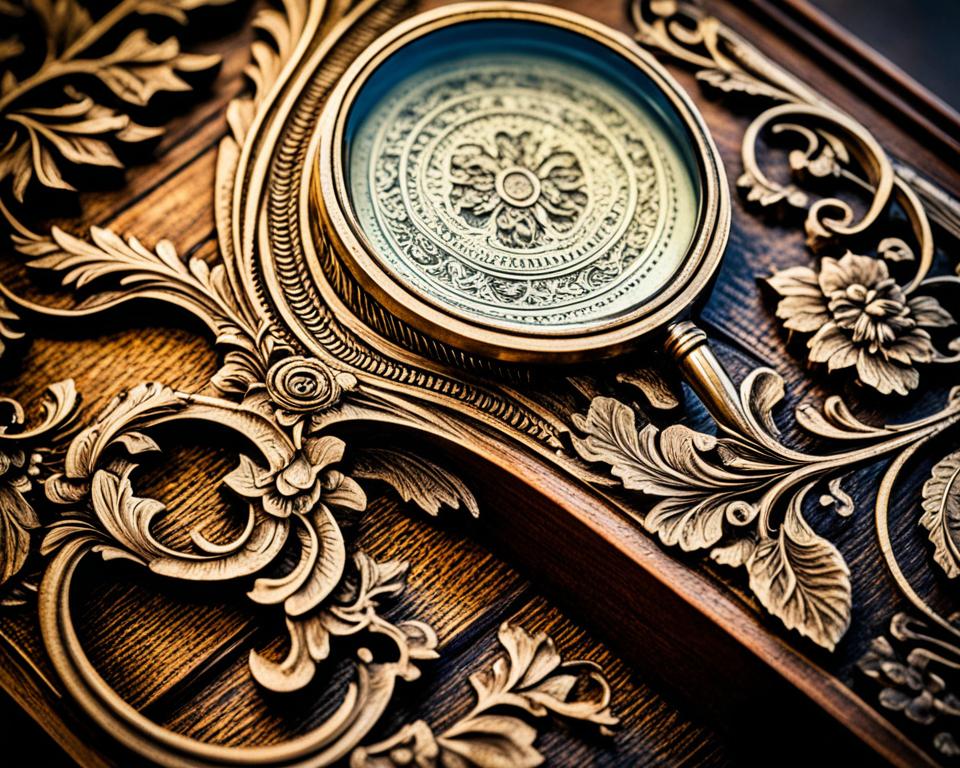When it comes to identifying and valuing antique furniture, it’s essential to have the right knowledge and techniques. This comprehensive guide will provide you with valuable tips and insights to help you accurately identify vintage furniture. From examining joinery and hardware to understanding different furniture styles and materials, we’ll cover everything you need to know.Key…
Tag: identifying antique furniture
Guide to Antique Furniture Identification

Furniture enthusiasts and collectors often find themselves captivated by the charm and history of antique pieces. However, identifying antique furniture can be an intriguing challenge. With a myriad of styles and periods to consider, it’s essential to develop a keen eye for the unique characteristics that define each piece.Antique furniture offers a glimpse into the…
